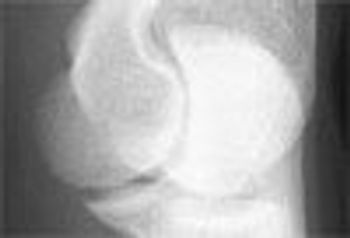
An otherwise healthy 16-year-old girl presented with medial arm pain after falling on her left elbow while skating. Robert P. Blereau, MD, and Timothy J. Haley, MD, of Morgan City, La, write that a radiograph of the left upper arm showed a spur projecting from the distal humerus; there was no fracture or dislocation.
